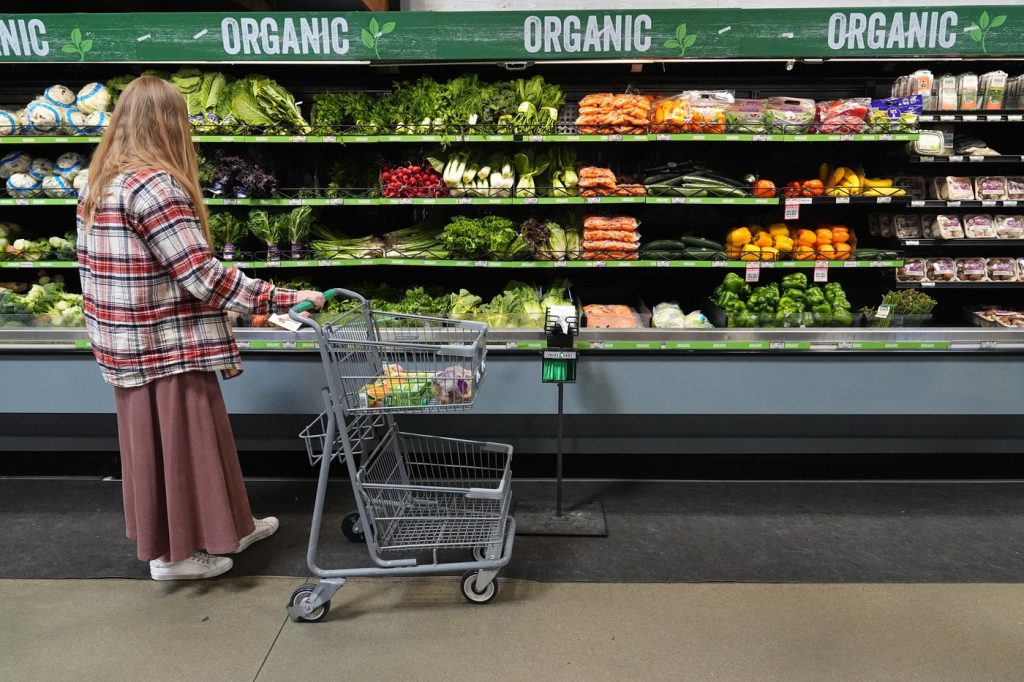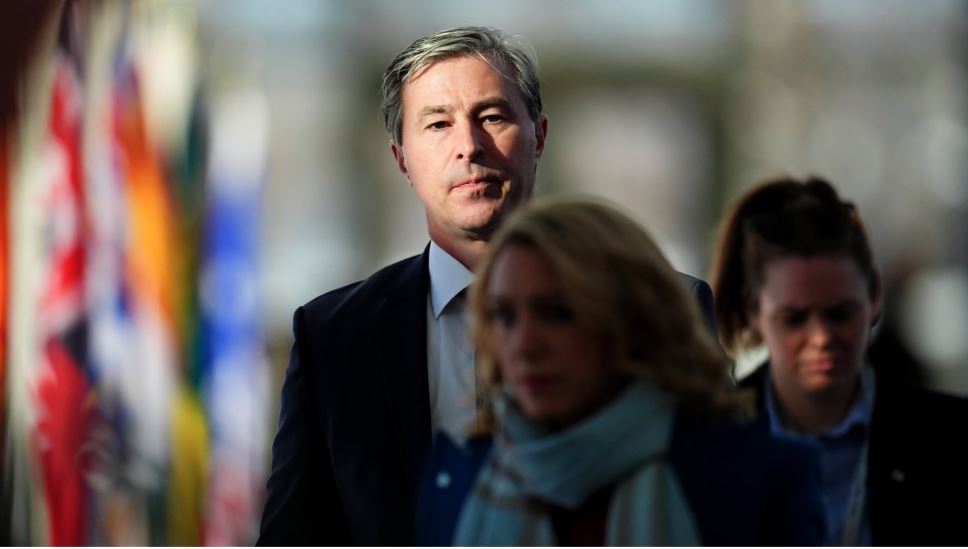Millions of Americans are facing difficulties as they approach their third week without SNAP benefits, which assist with grocery purchases. This interruption follows the decision by President Donald Trump's administration to cut off funding for the program amid the ongoing federal government shutdown.
On Tuesday, the U.S. Supreme Court chose not to mandate the government to reinstate full funding for SNAP, thereby preserving the uncertainty surrounding the benefits for nearly 42 million low-income Americans. The legal proceedings have left beneficiaries confused, with lower court decisions impacting the timing of aid distribution.
However, a potential resolution could come as soon as Wednesday, as the U.S. House may send legislation to President Trump aimed at ending the government shutdown. This development would also lead to the restoration of full SNAP funding for November, potentially resolving ongoing legal disputes about the program's funding.
The timing of SNAP fund availability is expected to differ by state due to fluctuating court rulings and inconsistent messaging from the U.S. Department of Agriculture (USDA), which oversees the program. Some states have successfully managed to issue full monthly allocations to SNAP beneficiaries, while others have provided little to no assistance. Currently, 19 states and the District of Columbia have issued full benefits, including Minnesota and New Jersey, in the wake of a court ruling that required full payments shortly before the Supreme Court intervened.
Carolyn Vega, a policy analyst with Share Our Strength, anticipates that most SNAP participants who have not received assistance so far in November — notably in states like South Carolina and West Virginia — will likely see their benefits restored within about a week. However, complications arise as 16 states, such as Illinois and Texas, have issued partial benefits, and some of those states may encounter technical issues in providing the remaining funds.
Delays in benefit disbursement are critical for the recipients as they struggle to manage basic needs. Approximately 42 million lower-income Americans are dependent on SNAP, receiving an average benefit of about $190 monthly per person. Many recipients find that this amount is insufficient to cover their grocery costs, especially during delays in aid. For instance, Doretha Washington from St. Louis, who supports her family of eight, has reported severe strain on their finances due to the lack of benefits. She noted, “I’m down to three days of food and trying to figure out what to do,” highlighting the dark reality faced by many families in similar situations.
With complications arising from benefit reductions, many individuals have turned to food charities for assistance, only to find themselves facing long lines and limited supplies.
The USDA informed states on October 24 that funding for SNAP would be withheld for November should the government shutdown persist. This decision forced states to respond quickly, with many Democratic-led states seeking legal action to restore funds. States, both Democratic and Republican-led, have explored options for implementing temporary relief measures, including utilizing state funds for SNAP benefits, boosting local food banks, and activating the National Guard for food distribution. The recent Senate legislation aims to compensate states that have fronted expenses typically covered by the federal government, though nuances around what is covered in SNAP remain unclear.










